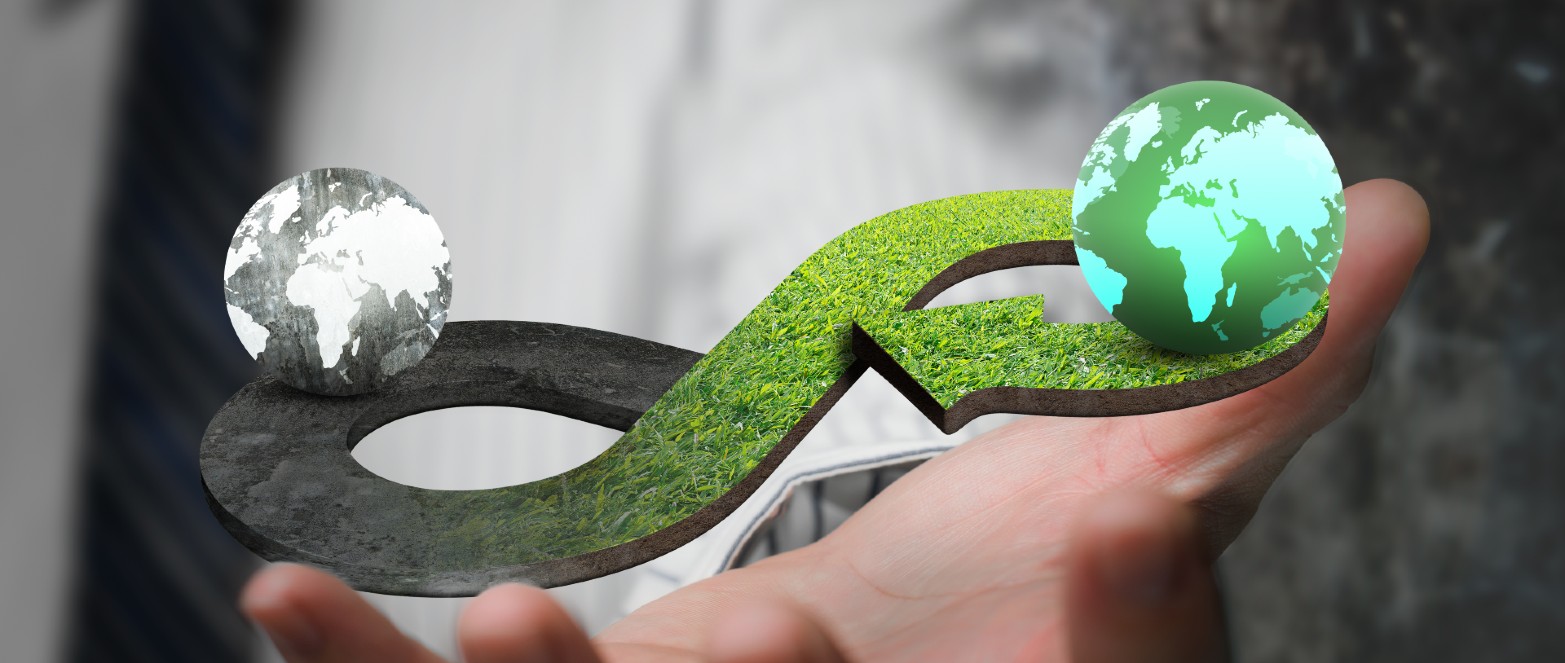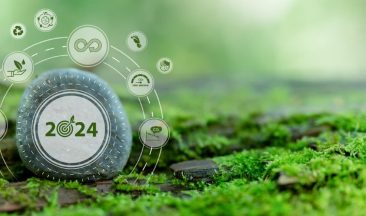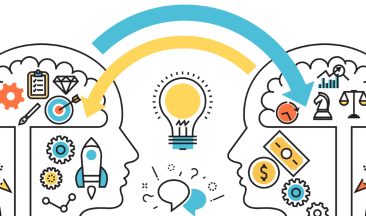The global economy in the first half of the 21st century is being redefined by several revolutionary innovations. High-speed internet, telecommunications advances, data storage technology, and emerging AI technology are already game-changers.
These are enabling a rapidly growing commitment to the concept of sustainability. In the 1990s, public pressure began to grow for environmentally responsible industrial practices.
There’s now a realization that technological advances are making it possible to create industrial practices that go far beyond basic environmental responsibility.
When senior executives ask what circular economy is, they already have an underlying awareness that new disruptive business models are creating enormous opportunities. There is an openness to innovation and experimentation at boardroom level that would have amazed previous generations of business leaders.
A circular economy is a process of perpetual recycling, built around coordinated localized systems. This green revolution in industrial and manufacturing processes generates greater efficiency and sustainable economic growth. It is transforming the dynamics of 21st-century manufacturing.
Circular economy reduces environmental pressures and corporate dependence on finite natural resources. Where manufacturing processes depend on the import of expensive raw materials or components, there is a huge potential for savings.
Circular economy and sustainability go hand in hand and are set to become standard business strategies. Companies that embrace the practices that support circular economy will gain a significant advantage, even in the short term.
Why is a Circular Economy so Important?
The ability to demonstrate a zero carbon footprint – or at least a credible roadmap towards that goal – is becoming a basic requirement for companies. Manufacturing practices that support a circular economy are a strategic step towards achieving a zero-carbon goal.
A wider commitment to social and environmental responsibility could well become a prerequisite for companies that wish to expand. Bids for future contracts and approvals for developments may increasingly be conditional on providing examples of circular economy and sustainability.
Authorities may also require companies to offer additional local employment (e.g. recycling operations) to offset their impact on local areas.
Circular economy and sustainability are clearly important from a financial and strategic growth perspective. It is also important from a straightforward human perspective. Every corporate employee, from the CEO downwards, needs to know that their daily effort contributes to a safer and better world.
Our shared global ecosystem is a fragile one that has already suffered huge damage since the onset of the industrial revolution. We share a collective responsibility for the future and corporations have the immediate potential to become a force for good.
Circular Economy vs Linear Economy
Traditional linear economies are not only obsolete, but they also damage the planet. In linear economies, raw materials are mined, they are then processed and transported to a manufacturer who creates products.
When the products fail or become obsolete, they are thrown away – possibly finishing up in a landfill. The entire process is then repeated. It’s not only ethically unacceptable to plunder natural resources and channel them into products that we throw away, the economic model is unsustainable.
In a circular economy, obsolete and useless products are not simply scrapped. They are recycled and any available components and raw materials are extracted.
These are channeled back into the manufacturing process, or used for other purposes. Where possible, the energy sources in the production and recycling processes are also sustainable.
The concept of circular economy is exciting and is generating widespread enthusiasm. It’s not, however, a magic process. Practices that support circular economy need to be carefully thought out. The recycling process needs to be cost-effective; economies of scale apply, and localization is usually highly desirable.
Circular economy and sustainability is an ethical and environmental imperative, but it is also a business model that requires research and development, strategic planning, and investment. When this is done effectively, the ROI can be substantial.
Benefits of a Circular Economy
Advancing circular economy production methods on a global scale reduces biodiversity loss, reduces the negative effects of climate change, and helps with the transition to a regenerative economy.
Put simply: we benefit, our children will benefit exponentially, and their children may have the chance to live in a genuinely healthy, secure, and prosperous global environment.
- Dependence on raw materials is reduced. Processing and shipping costs are lowered and pressure on our infrastructures eases. The carbon footprint is reduced in turn.
- As waste is recycled into valuable material, the challenge of finding environmentally acceptable waste disposal methods is reduced.
- Local employment is created and communities benefit from recycling efforts, especially when these are regionally coordinated operations involving several companies.
You may be interested in:
Top 10 Agriculture Trends to Watch in 2024
Sustainability – not just another catch phrase
ICL Approach to a Circular Economy
ICL actively promotes the circular economy approach with significant local and regional efforts to develop sustainable products from waste streams and to integrate various ICL products and byproducts into circular processes. The company is energetically channeling its existing culture of innovation (and commitment to the UN’s Sustainable Development Goals) into groundbreaking examples of circular economy.
Many companies aim to maintain the value of products, materials, and resources; reduce waste generation; save energy; and reduce the rate of raw material usage. What sets ICL apart, is the intelligent application of technology, the quality of its systems, and the boldness of its long-term vision.
- ICL production sites that are in close geographical proximity collaborate to optimize the reuse of each other’s waste streams. This creates a more viable economic model and reduces both the amount of waste and the number of raw materials that need to be extracted and used.
- ICL joined the Center for Resource Recovery and Recycling (CR3), which is a cooperative research center focused on helping industries to create a sustainable future.
ICL also participates in other regional initiatives where companies form a collective to optimize their resource utilization and use components from the waste stream produced by other factories.
- The company also has a dedicated business unit to promote recycling. It proactively sources buyers for its byproducts and waste streams. These contain valuable minerals such as fluorine, silica, sulfur, calcium carbonate, and calcium sulfate.
Additional Examples of Circular Economy at ICL
Some noteworthy examples of circular economy at ICL include the PolyStyrene Loop (PSL) recycling scheme. The recycling process removes the flame retardant HBCD from Polystyrene (PS) foams so that it can be safely reused as a raw material in new foams. The bromine component is also safely removed from the HBCD for reuse.
In 2019, ICL Netherlands opened an innovative phosphate recycling project unit. Phosphate is an essential nutrient for plant growth. The new unit recovers secondary phosphates from waste streams to reuse in new fertilizer. The current goal is to substitute up to 25% of mined phosphate rock, with phosphate from recycled sources.
ICL has positioned itself as a global leader, innovator, and educator in the field of recycling and circular economy. It has committed further resources to research and development and builds a local circular economy from the ground up with every new international business venture.







